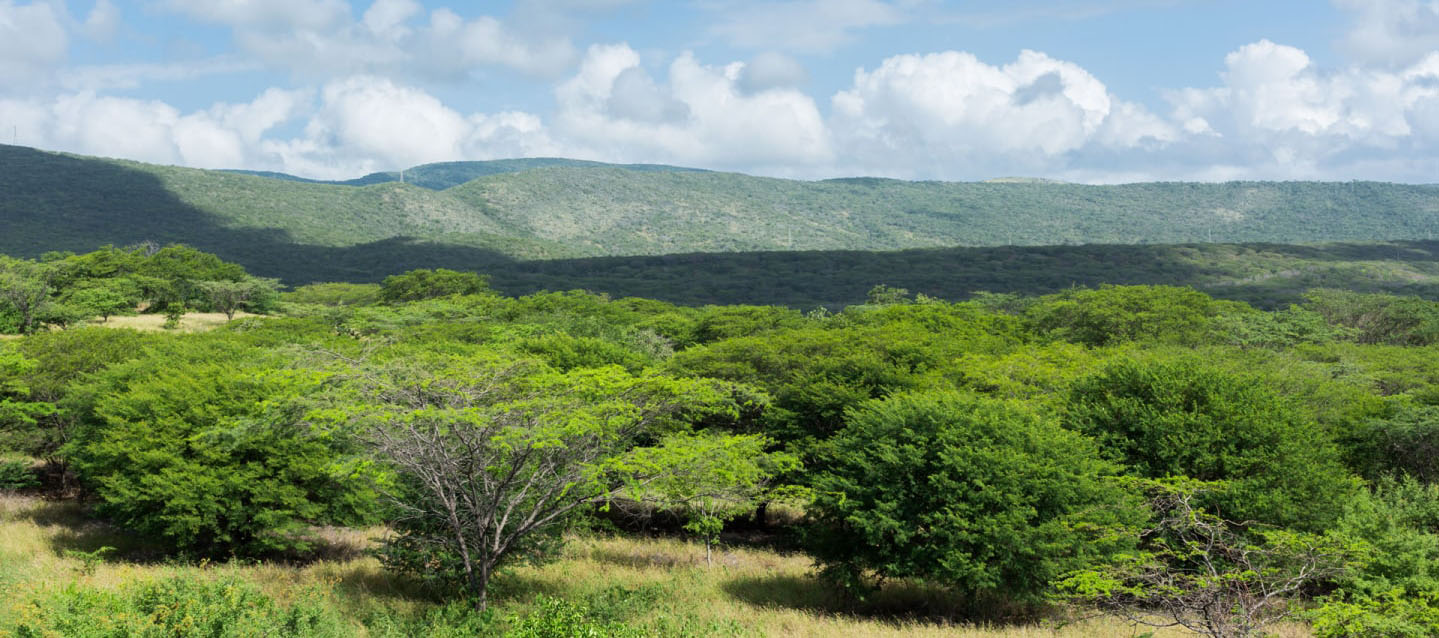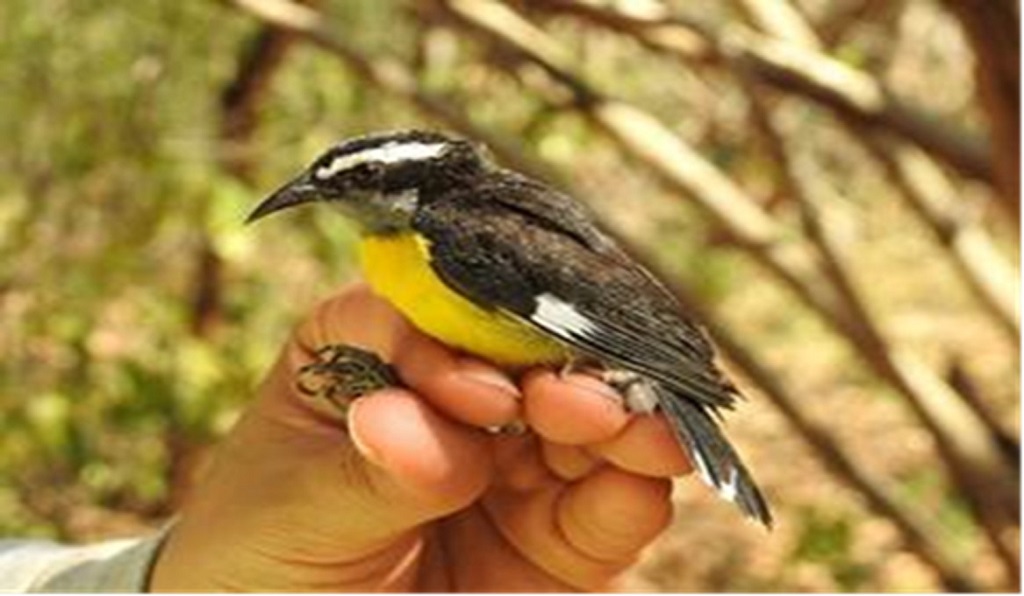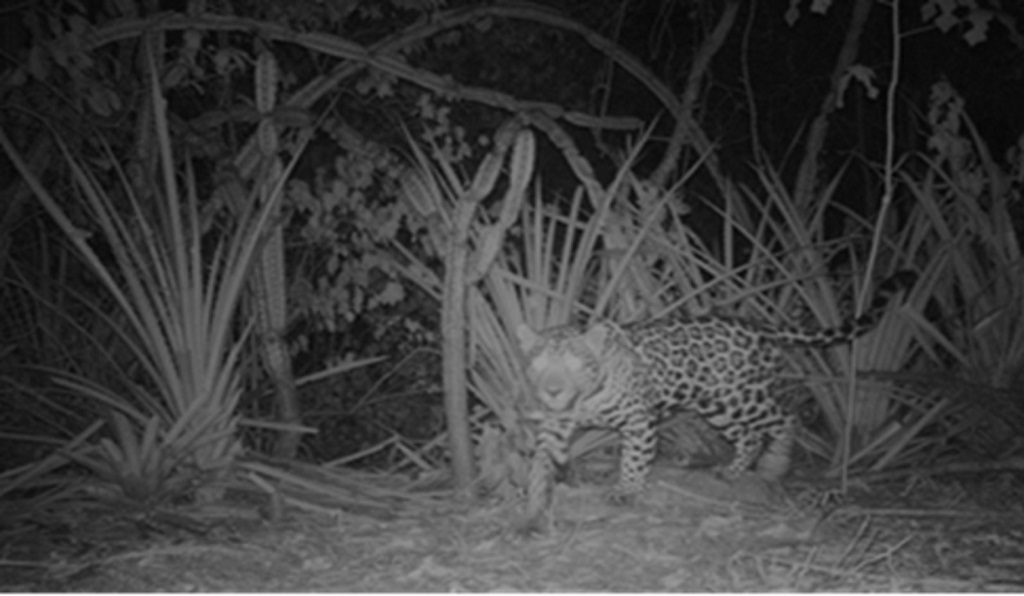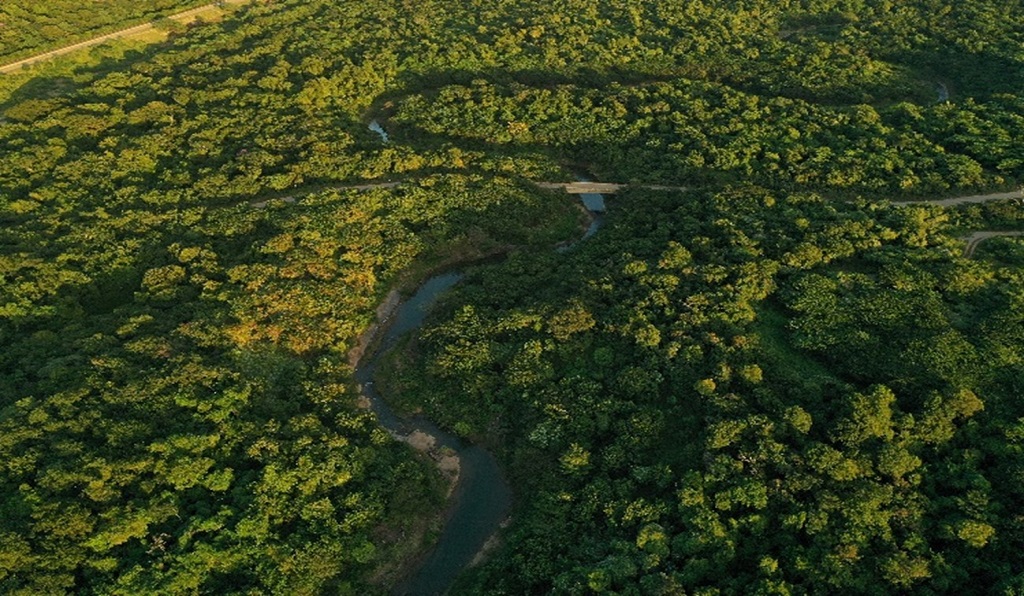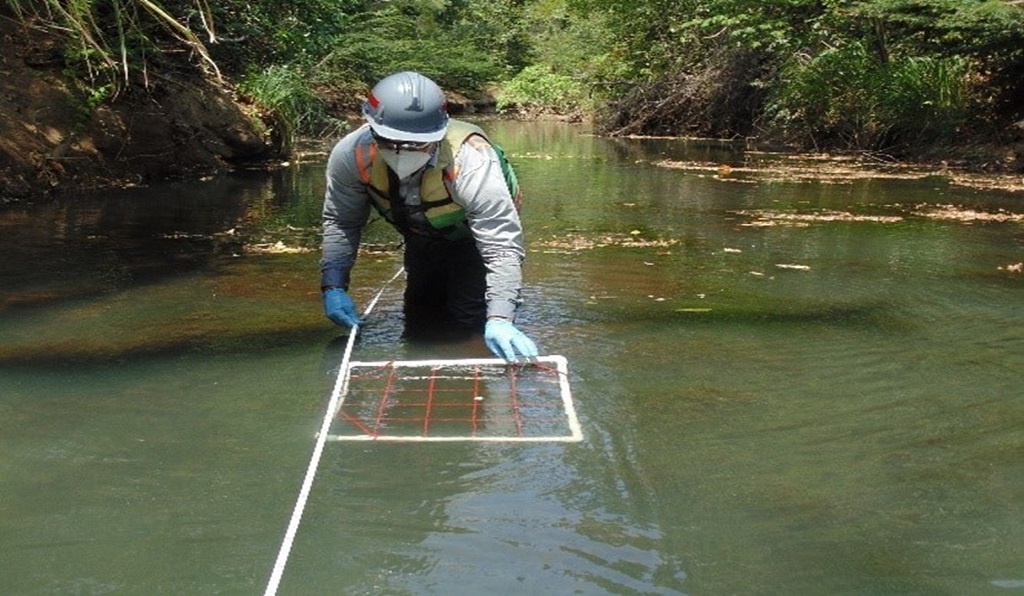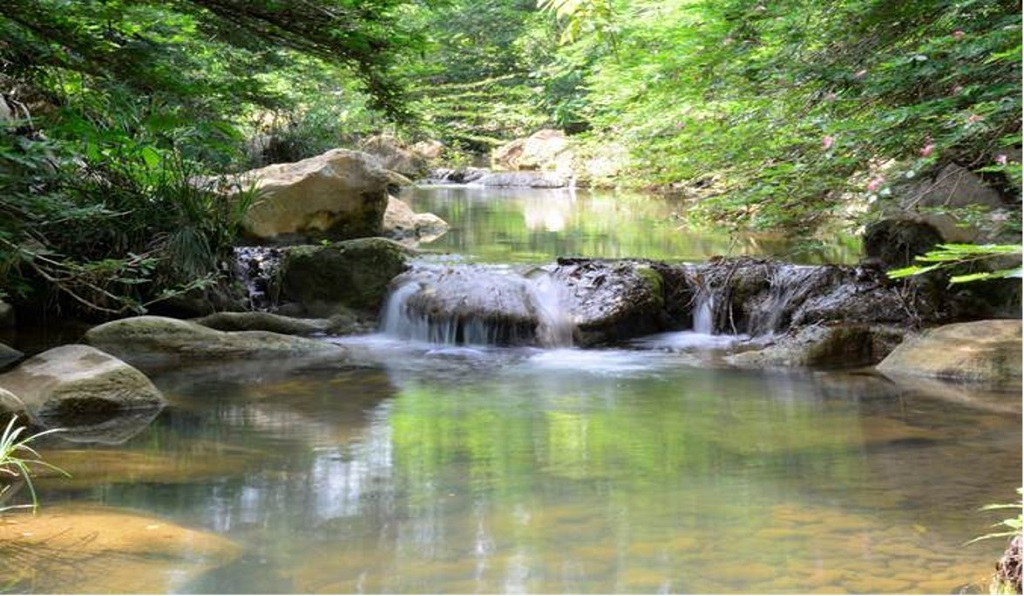La Puente project
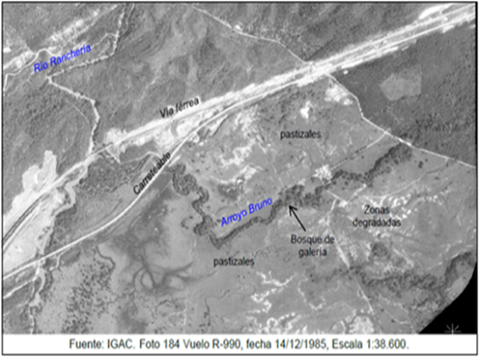


In 2017, complying an order from the constitutional court, the advance from the pit to the creek was terminated. Since then, there hasn’t been any mining advances leading to the Bruno riverbed, just as the officials from the national mining agency and the national authority of environmental licenses have been able to prove with their controls of the situation on a regular basis.
Social
In the social part, the consultation process with Campo Herrera, the only community determined by the Ministry of the Interior concluded in 2014. Subsequently, the La Guajira tribunal confirmed that there had to be a consultation process with the communities from La Horqueta (with whom we reached an agreement in 2020), El Rocío (with whom we reached an agreement in 2022), and the communities from Tigrepozo, which consultation is still in process.
Environmental
In the environmental part, at the new course where water is already flowing, we executed In the environmental part, at the new course where water is already flowing, we executed an ecological engineering process that has turned into a referent for the industry. A couple aspects to highlight are:
- More than 12.000 trees have been sown around the new riverbed, another 5800 have grown naturally, and more than 17800 trees around the new course belong to 76 native species, some of them in endangerment categories, such as: oak, ebony, guaiacwood, carreto, puy, ollita de mono, among others.
- Almost 400 fauna species have been identified. Between mammals, birds, reptiles, and fishes. We highlight the sighting of three jaguars, their presence indicates the wellbeing of the ecosystem.
- We protect the upper Bruno basin with the sown of over 33.500 trees in 235 hectares. This is a part of a compensation plan to protect the upper basin, so it continues being a water recharge area.
- Since the beginning of the project, we’ve had over 23 campaigns of monitoring fauna, hydrobiology, and flora every trimester during the last five years. These studies allow us to scientifically demonstrate that the creek is on good conditions, and it maintains the same characteristics as other creeks in the zone.
Keys to understand why #TheBrunoIsVeryAlive
- The Bruno creek is a seasonal type of creek, which means that it annually registers a humid period in May and from October to December, and eight months of drought from January to April, and June to September.
- Cerrejon doesn’t capture Bruno creek water for their mining activities.
- Water quality maintains and, with a normal process, it can be used for human consumption.
Bruno creek evolution throughout the different seasons.
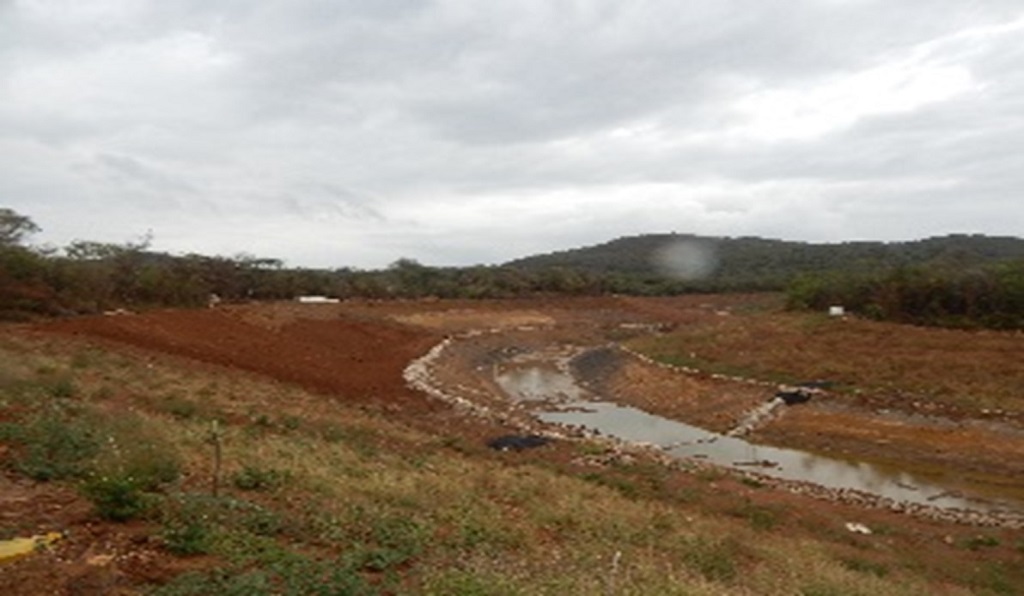
March 2017
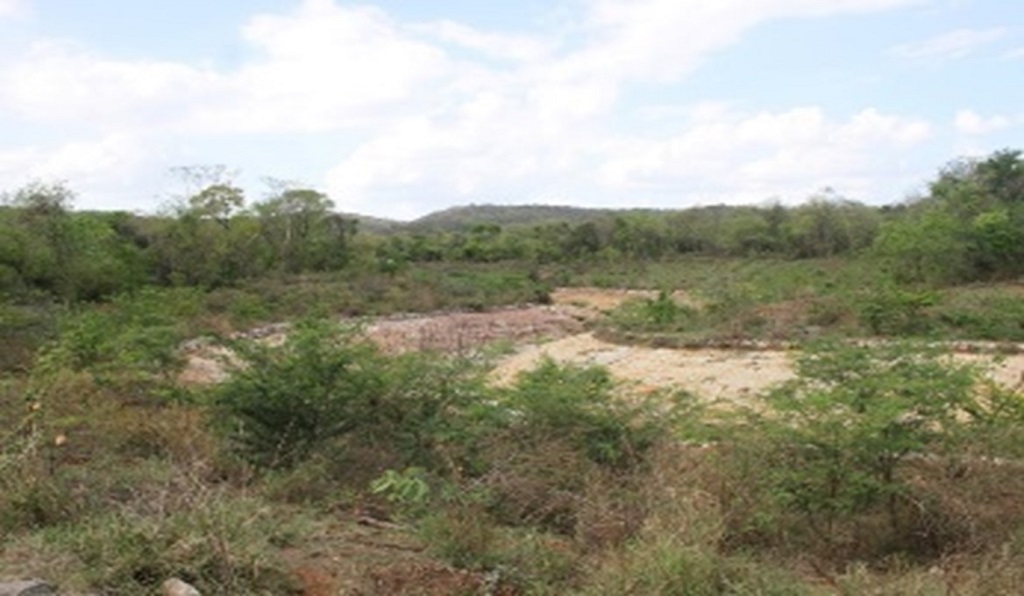
May 2018
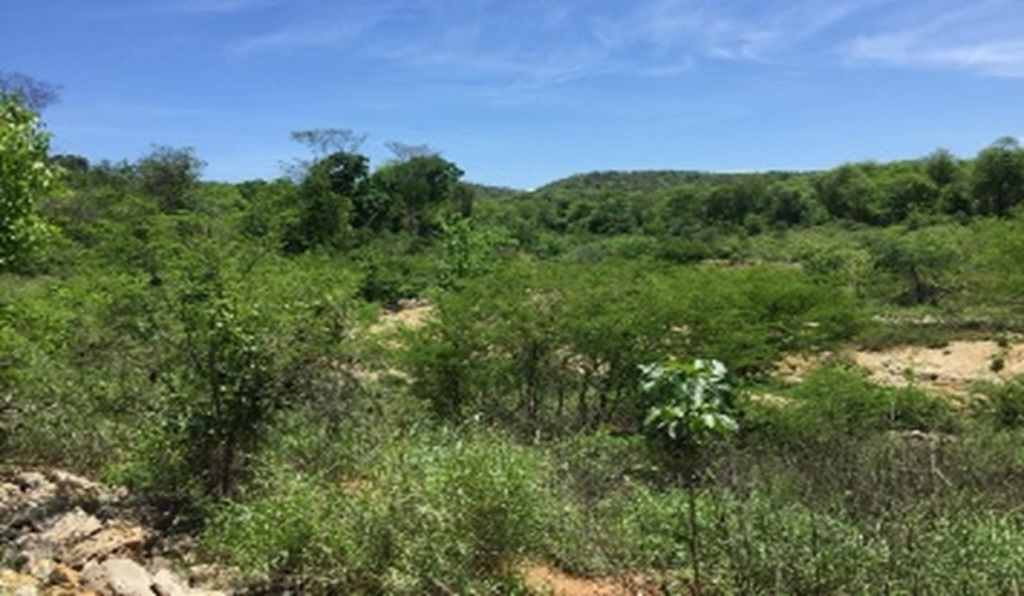
June 2019
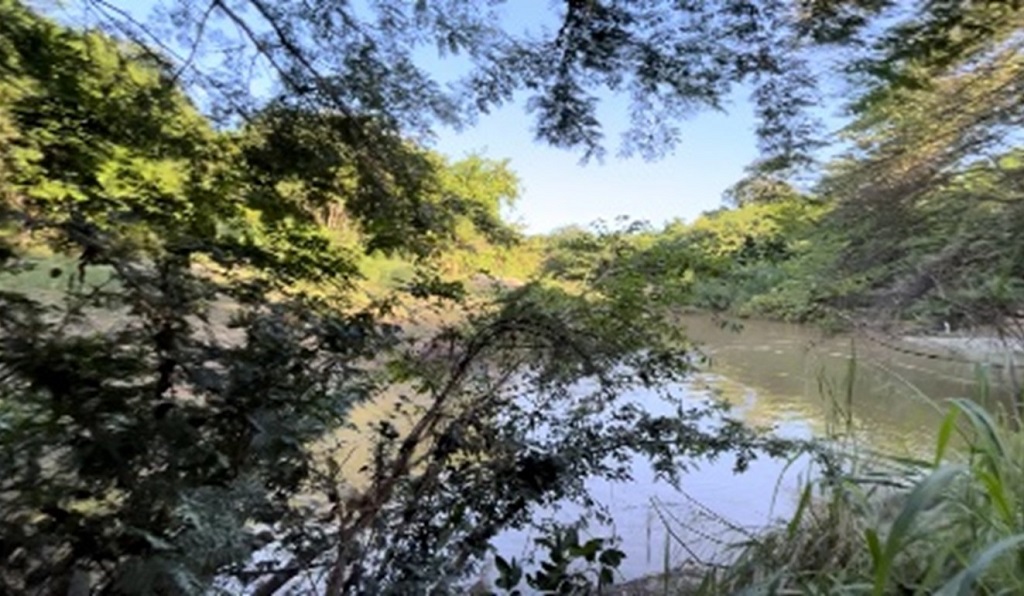
October 2022
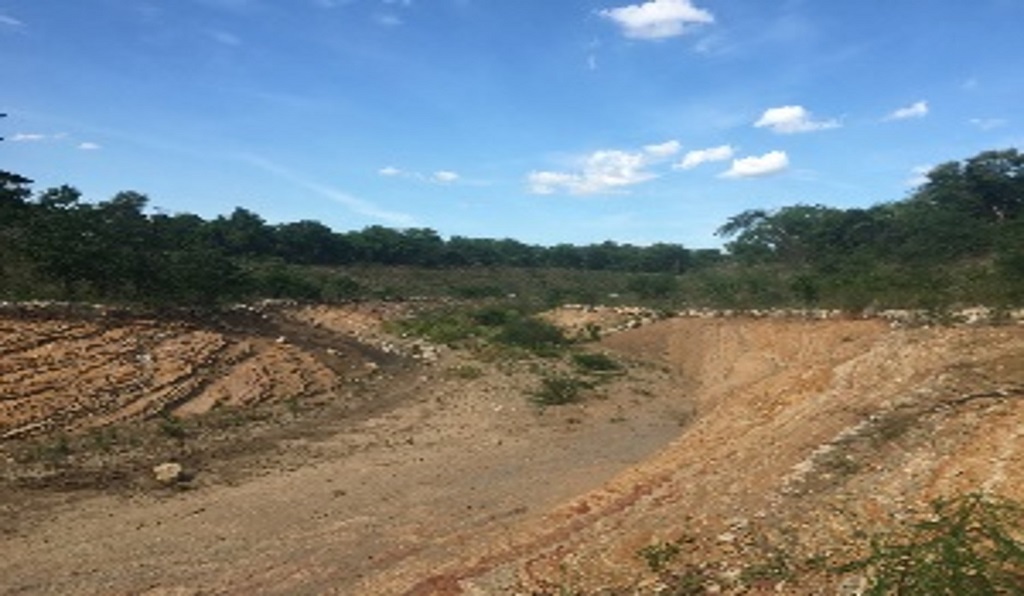
August 2018
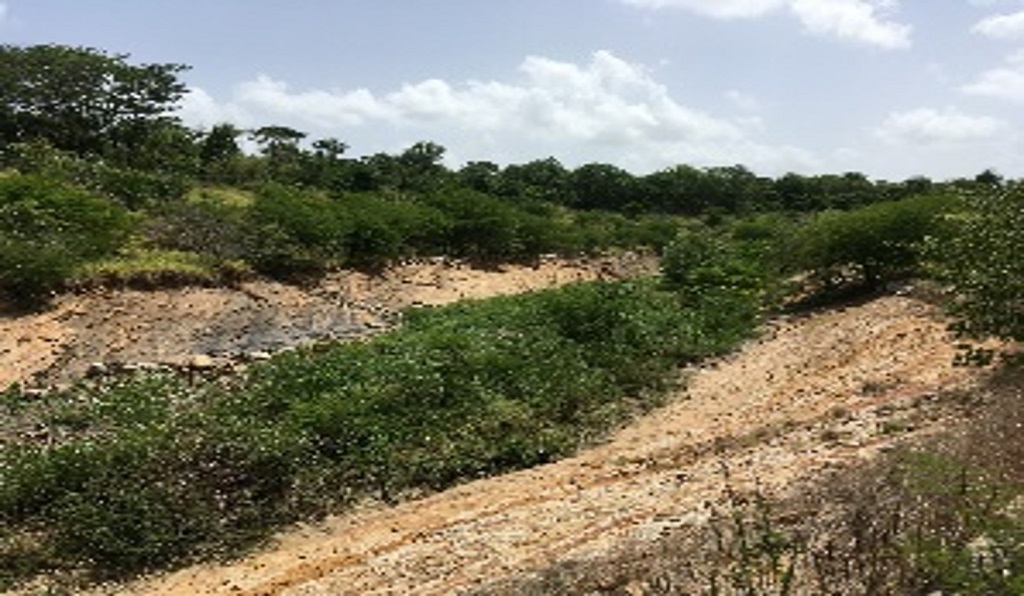
July 2020
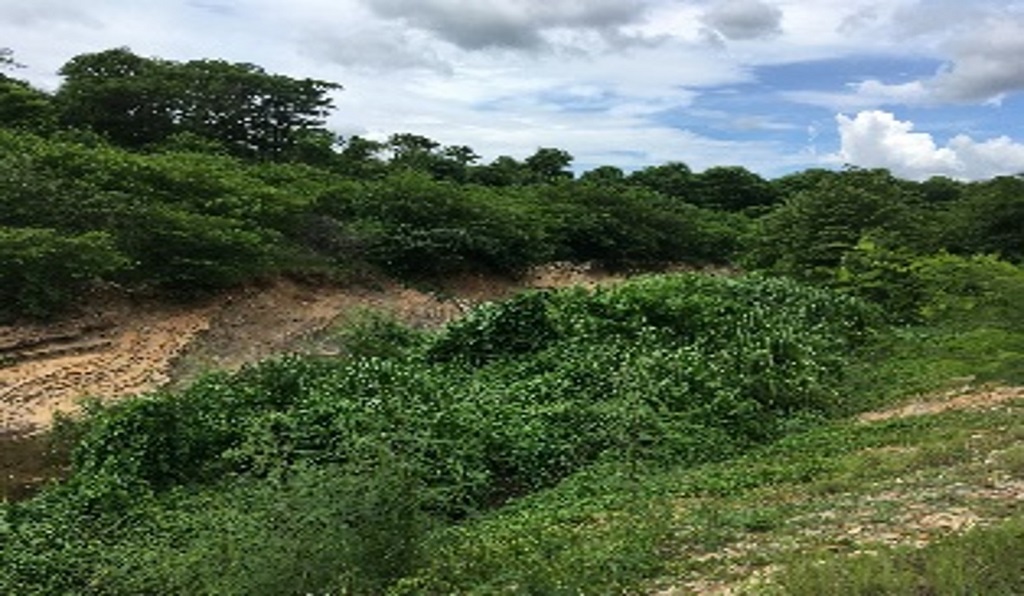
August 2021
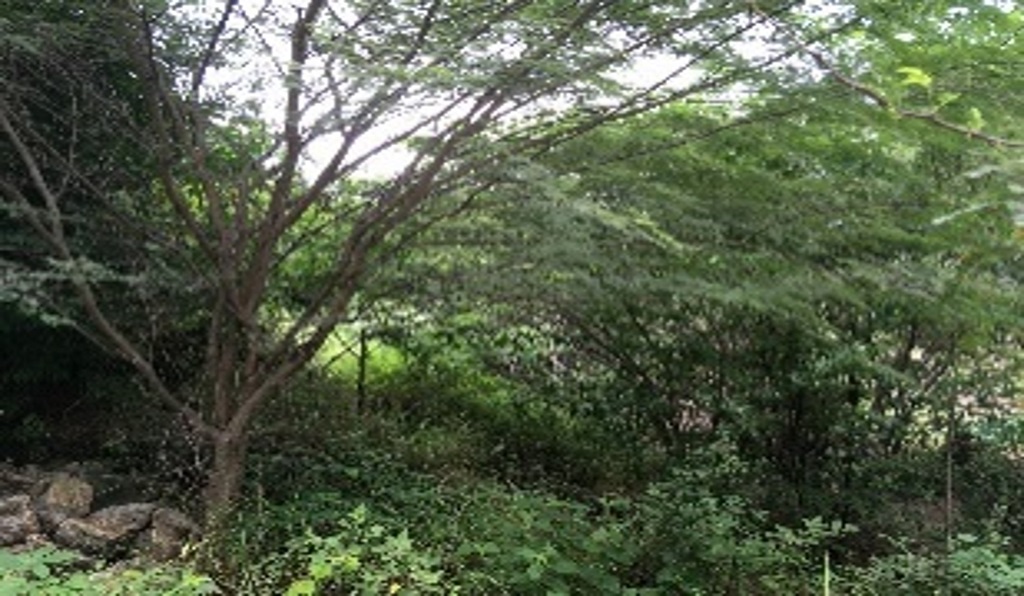
September 2022
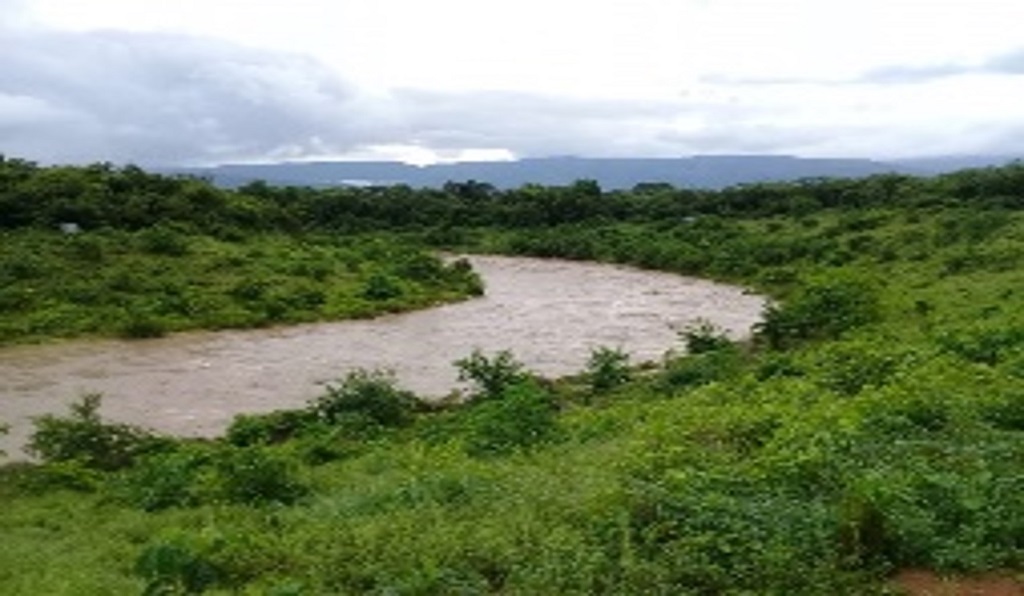
November 2018
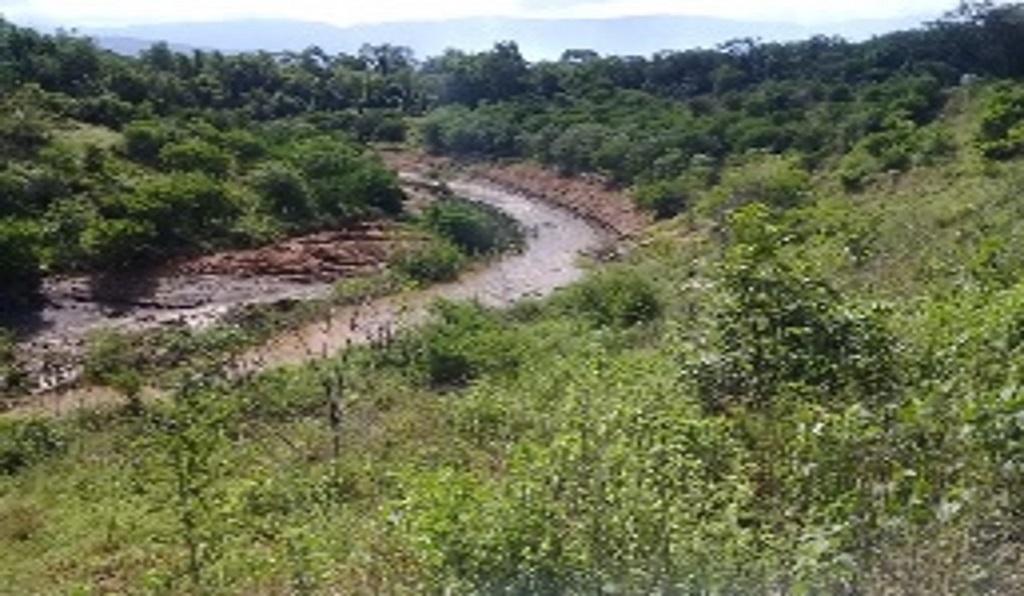
October 2019
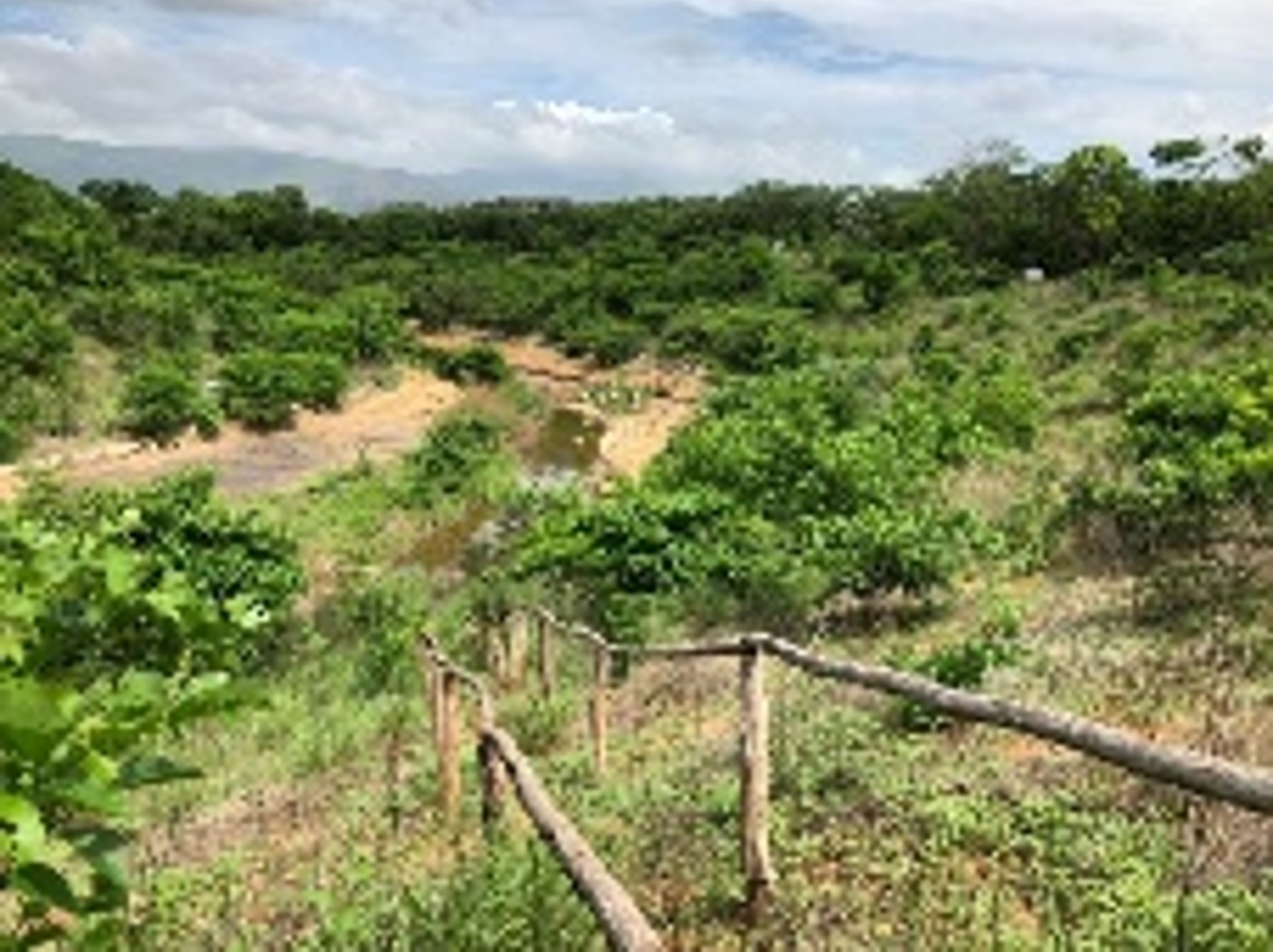
June 2020
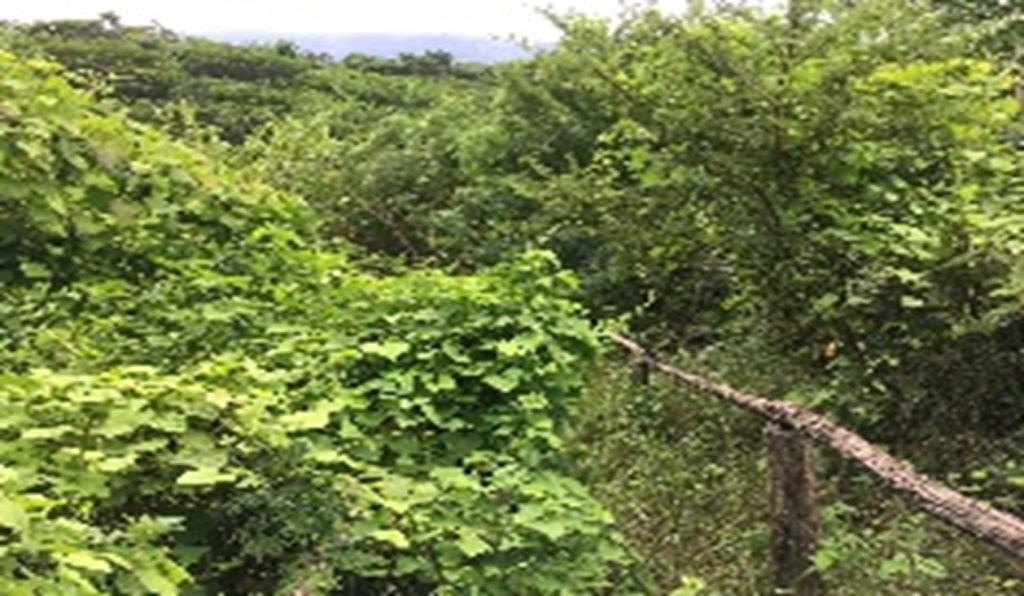
November 2022
What is the current state of the new course of Bruno Creek?
- The ecosystem of the new channel is recovering and is permanently monitored by the corresponding authorities.
- Almost 400 species of fauna including mammals, birds, reptiles and fish have been identified. Of all of them, the sighting of three jaguars stands out.
- It allowed the natural growth of 5,800 trees such as oak, puy, ebony and cart.
- 235 hectares located at the source of the stream have been protected with the planting of more than 33,500 trees.
How have the communities participated in this project?
The project has been socialized with more than 7,000 people and was consulted with the communities determined by the different entities::
Campo Herrera
Consultation ended in 2014.
In 2022, the follow-up and closing meeting of the prior consultation process carried out with the Campo Herrera community was held with 100% compliance with the agreements, a process that took place within the framework of the environmental procedures for the partial modification of the bed of the Bruno stream. Among the achievements, the extension of the territory, the implementation of an agricultural productive project, the construction of a community nursery and the follow-up through an overseer member of the community stand out.
La Horqueta
Consultation completed in 2020.
It is in the implementation stage, we have made 80% progress in complying with the prior consultation agreements. Among the achievements, the extension of the territory, the delivery of animals, the construction of a traditional bower for cultural activities and the monitoring of the project through a community overseer stand out.
El Rocío
Consultation completed in 2022.
It is in the implementation stage. According to the agreed agreements, 3 types of programs are developed: strengthening of productive projects, cultural strengthening, and community involvement in environmental compensation programs.
Tigre Pozo
Consultation in progress
Among the achievements, the identification of impacts and management measures stand out, and progress is being made in the formulation of preliminary agreements. During 2022, together with 37 families from the communities of Tigre Pozo and El Rocío, we managed to conserve 259 hectares of forests located within the middle and upper basin of the Bruno stream. These restoration processes are framed in the conservation agreements, signed in October 2019, which are part of the Compensation Plan provided for this project.
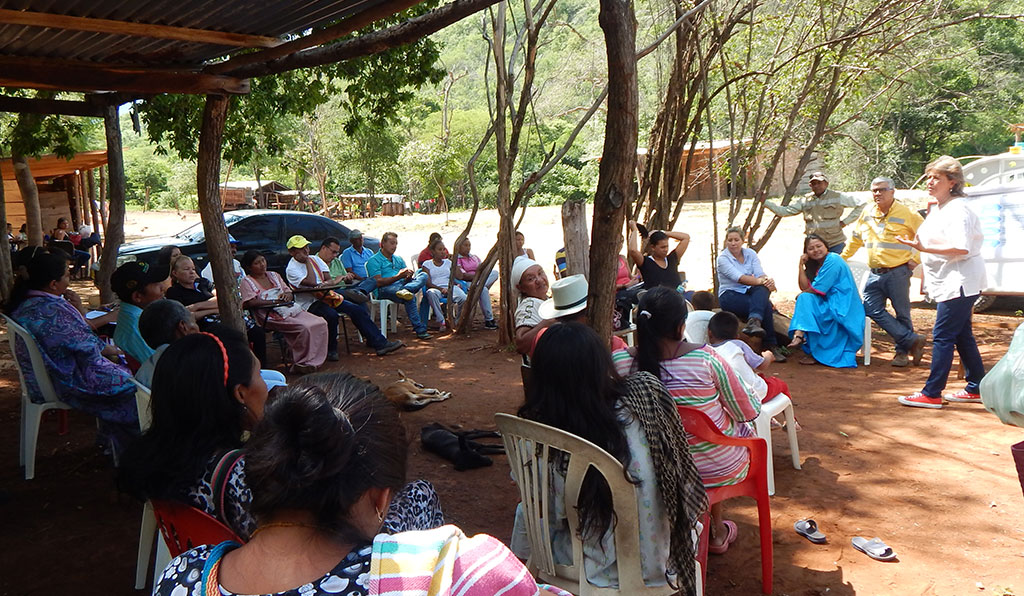
Tigre Pozo
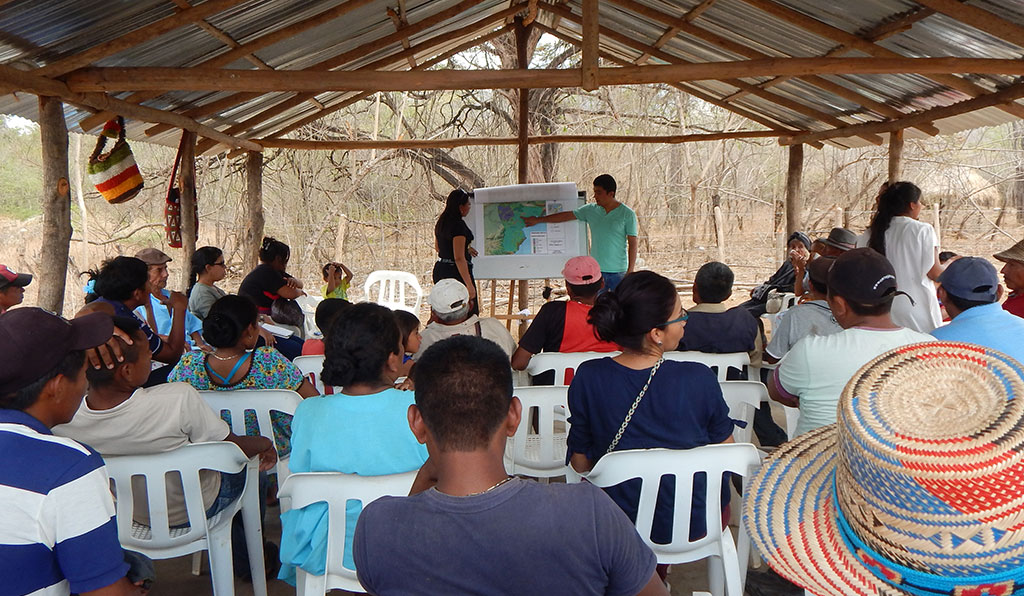
El Rocio
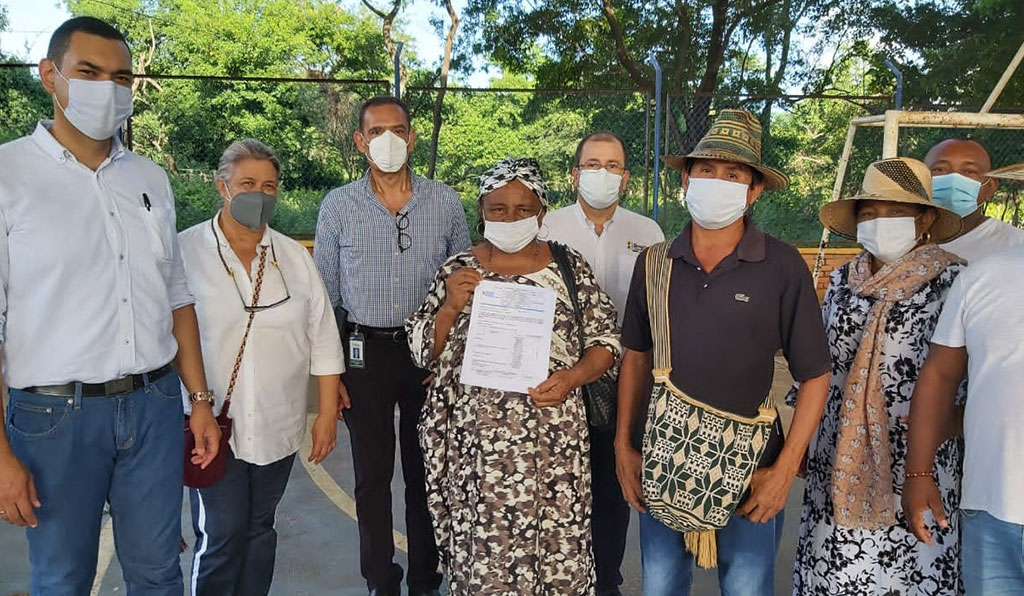
Prior consultation La Horqueta
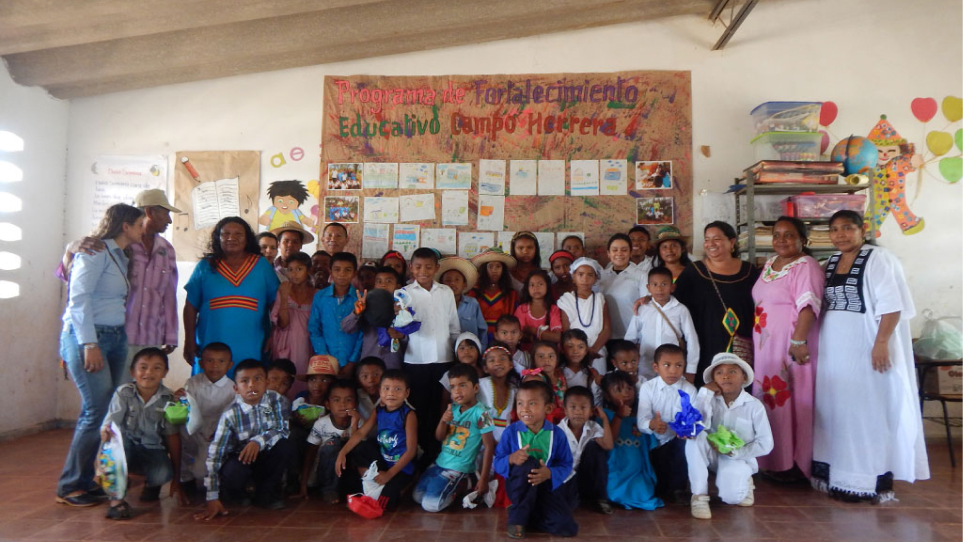
Campo Herrera
Where is Bruno Creek located?
The stream is located between the limits of Albania and Maicao. Its source is in the upper area of the Serranía del Perijá within the Montes de Oca protected forest reserve and its course runs in a southeast-northwest direction for 22.4 km until it empties into the Ranchería River.
What are the characteristics of Bruno Creek?
- According to data from IDEAM, this stream is of a seasonal type, it annually registers a wet period in the month of May and in the months of October to December, and eight months of drought in the periods from January to April and from June to September. Its flow varies depending on the time of year and the section in which the measurements are made: high, medium or low.
- Upper basin: it is the place where the stream is born. Because it is the area where there is more precipitation and less evaporation, there is a greater presence of water compared to the lower part and it constitutes the aquifer recharge zone.
- Middle basin: it is located at the point called La Batea and is used by the communities for recreation, vehicle washing and occasional water collection by residents in whose communities there are temporary restrictions on wells, cisterns or jagüeyes. Given the need to improve the water supply of the stream, in this area, the company implements watershed conservation actions with the participation of the communities.
- Lower basin: in this part the seasonality of the stream is manifested in a marked way according to the periods of rain and drought. There is no agricultural or fishing activity and there are no human settlements in its vicinity.
What do the engineering works for the partial modification of the course of Bruno Creek in the La Puente project consist of?
The works consisted of moving a 3.6 km section up to 700 meters to the north in accordance with Colombian law and applying technologies to ensure that the stream’s ecosystem continues to function properly.
What studies were carried out for the project development?
The La Puente project was licensed and executed in compliance with Colombian law and applying technologies to ensure that the stream’s ecosystem continues to function properly. It was also evaluated in 2016 by the Inter-institutional Working Group ordered by the Administrative Court of La Guajira, which confirmed its viability.
The works of the La Puente project have been approved since 1998 by the Ministry of the Environment and included in the Environmental Management Plan in force since 2005. Its detailed designs were submitted to the National Authority for Environmental Licenses (ANLA) and were approved in 2014, with the purpose of maintaining current levels of company production, royalties, profits and employment.
Other projects
Closing strategy and delivery of operations
For the process of terminating our mining titles and handing over operations, we have to assess the existing risks to identify the appropriate management measures.
